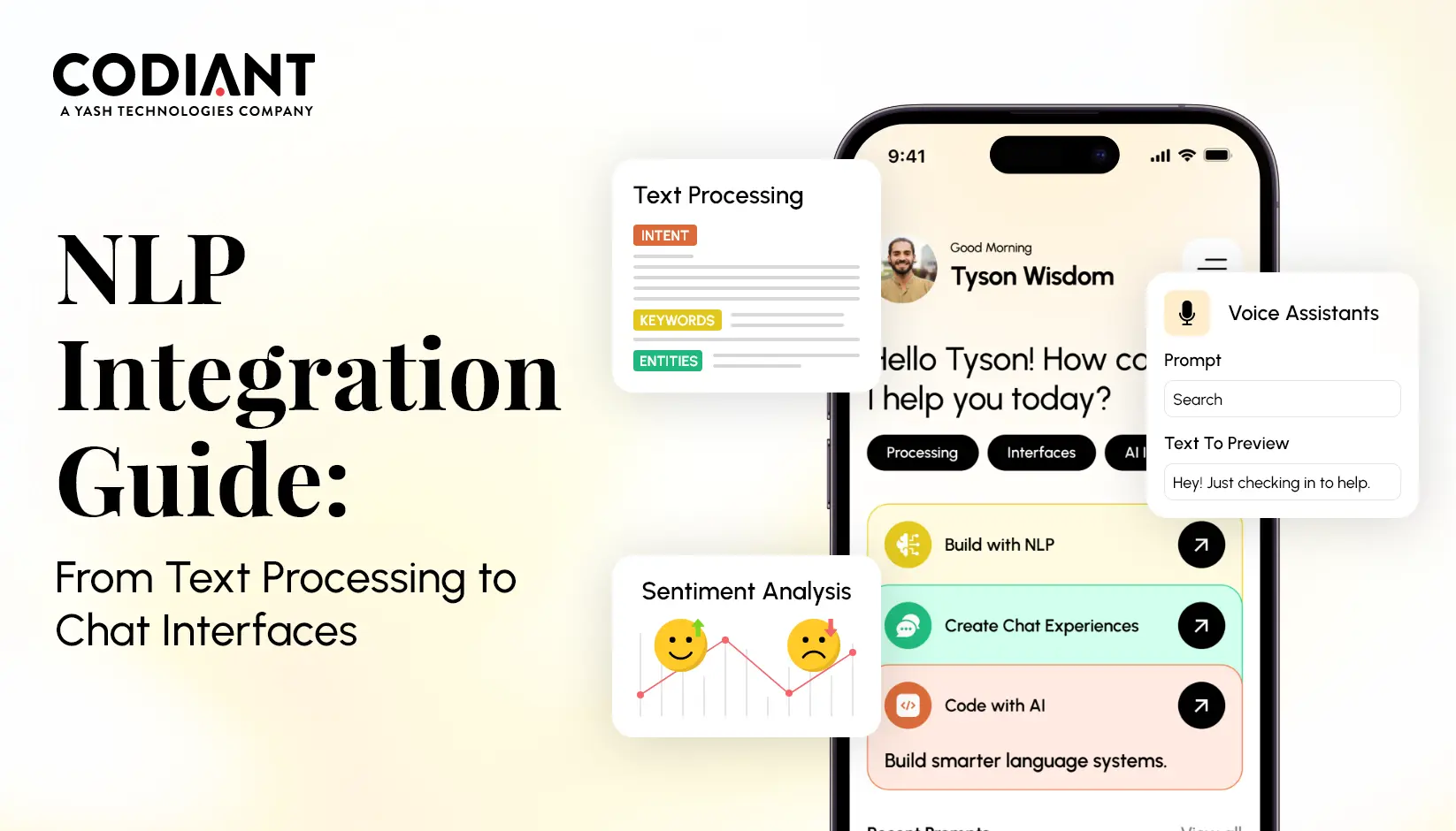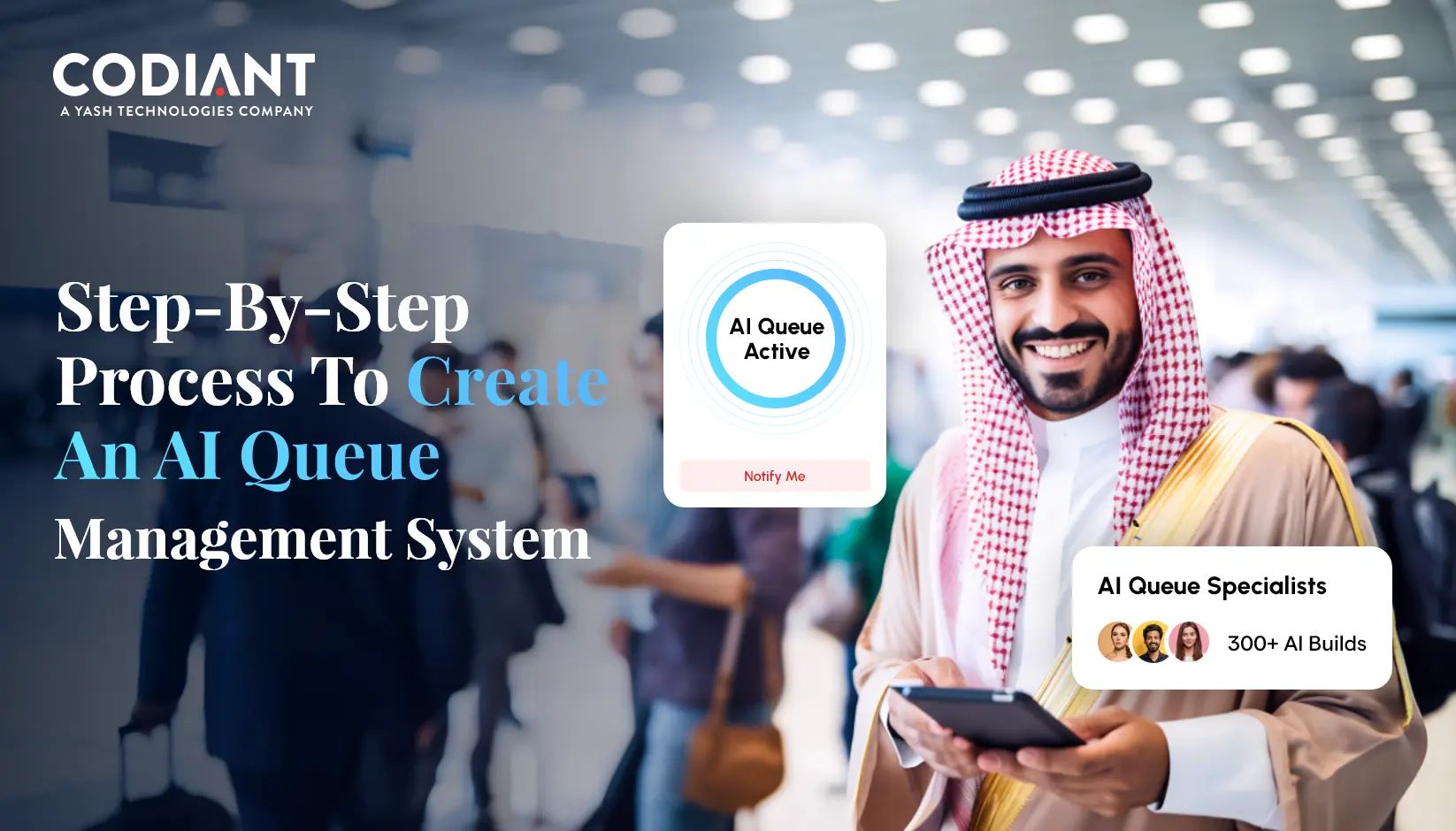
Every small or big organization aims to enhance and accelerate their business processes while maintaining high customer value. To achieve that, the amalgamation of two techniques can be the most intelligent solution for an organization when a single method doesn’t turn out to be effective. In that reference, the organizations that are more likely to practice DevOps and Agile methodologies can enhance and streamline their entire business processes.
The DevOps Engineers by following Agile Software Development tactics can give a new dimension to the existing or proposed project development. Both the tactics are implemented in an organization to take care of the scalability, development, deployment, maintenance, and monitoring of software. It simply puts IT operations and Software Development processes together to maintain the timely delivery of the end-product/software.
A combination of these two techniques can help businesses overcome the shortcomings and challenges they have been going through while experiencing a rise in customer satisfaction levels which yields a spike in profit and revenue generation.
What is Agile DevOps?
The concept ‘Agile DevOps’ is a combination of two different technologies that are put together to smoothen the entire project/software development process. Basically, both are modern software development practices that are considered to build a product, launch, and iterate.
To understand the Agile DevOps concept, it would be better to learn about both the terms individually. Ultimately, it will help to analyze how well both the technologies/methods can work together and can be implemented to fasten and align all the software development phases.
Let’s take a look and compare approaches to analyze how both practices can help businesses to drive greater performance.
What is DevOps?
DevOps is derived from the combination of two words i.e. ‘Development’ and ‘Operations’. It is a software development methodology that aims to put IT operatives and Software Development together on a common platform to gain the business objectives more effectively and effortlessly.
The DevOps Engineers follow a common practice to remove the barriers between the IT operations, Development, Quality Engineering, and Security Teams. Thus, under the DevOps model, the engineers ensure to keep both operations and development teams closely knit across the entire software development life cycle, from research and development to testing and operations.
The combination of two completely different teams and processes promotes Continuous Integration, Continuous Deployment, Transparency, and Automated Testing in the code repository. The DevOps practice is often defined as an alignment of development and IT operations to speed up the organization’s application delivery and services.
What is Agile?
Agile is a software development method, which is categorized into multiple phases to improve the process of app development and release. It requires continuous collaboration with stakeholders and improvement at every development phase. It promotes flexible responses to implement relevant and acceptable changes.
The agile method generally boosts a disciplined project management process that initiates regular inspection and adaptation, a guided leadership to encourage teamwork, self-management, and accountability, follows best practices to allow high-quality software delivery in a minimum time period, and typical business aspects to align development process with customer requirements and company goals.
To facilitate software development, the agile method follows varied frameworks, like Scrum, Kanban, or Extreme Programming (XP). These frameworks form the basis for familiar software development processes like DevOps and Continuous Integration/Continuous Deployment (CI/CD).
Difference Between DevOps and Agile
| DevOps | Agile |
| Basic Philosophy | It follows a practice of integrating the development and operations team together to upgrade productivity and team collaboration. | It follows a culture of continuous delivery of small manageable project updates through iterative development and testing. |
| Uses | It is implemented in the end-to-end project development process. | It can be implemented in any department to enable easy management of the complex project. |
| Team Size | It has a huge team size, as it includes all the departments involved in the business process. | It has a small team size which enables easy management and quick delivery. |
| Focus Area | Put the development and operations team on the same platform to practice continuous development and testing. | Promotes the environment that supports mid-way changes to enhance project quality. |
| Delivery | Aims to provide continuous delivery on a daily or hourly basis. | Updates incremental deployment after achieving each task/sprint i.e. on a weekly or biweekly period. |
| Documentation | Automation eases the documentation process to ensure team collaboration. It emphasizes communication through official documentation only. | Minimum and only crucial documentation is followed to enhance flexibility in the development process. |
| Tools | AWS, TeamCity, Puppet, Chef, Docker, Jenkins, Ansible, GitLab, OpenStack, Kubernetes. | JIRA, Trello, Slack, Kanboard, Active Collab, Bugzilla. |
| Feedback | Promotes internal team’s feedback to enhance processes and speed up delivery. | Follows customer feedback and market requirements to update or design the product accordingly. |
Benefits of Integrating DevOps and Agile For Greater Business Performance
Integration of DevOps and Agile methodology in an organization can lead to great business performance. Organizations that are practicing Agile and DevOps methods parallelly can witness almost 50% to 60% growth in their revenue. Additionally, they can experience quick project delivery, a rise in user satisfaction, and cordial & effective team collaboration.
Integrating the practices of DevOps with the Agile culture requires changes in existing attitudes and strategies. The organizations experience a number of benefits by integrating DevOps and Agile methodologies to boost business performance, which is as follows.
- The product release process get simplified and product offering gets improved by integrating DevOps and Agile methods in the organization.
- The team members can understand each other’s tasks and roles in the development phase. The mutual understanding gets increased and is especially important for Project Managers, Scrum Masters, and Product Owners. Hence, to manage the project successfully, these entities should be aware of every step to deliver the product in complete coordination.
- Minimizes the risk associated with the project delivery or project failure, as the teams are working in coordination to deliver the result. Additionally, it also infuses perfection into the project and delivers more value.
- Integrating DevOps with the Agile development method can support managing sprints and milestones effectively. It includes the entire DevOps team, ranging from developers to testers in planning tactics, daily stand-ups, and retrospections.
- DevOps focuses on business automation and likewise includes agile workflow and project planning to streamline business operations and processes. The emerging fields that integrate both techniques together are, AIOps- uses Artificial Intelligence to automate manual workflow in the IT environment.
- The amalgamation of DevOps and Agile in the organization involves the assessment and measurement of key DevOps metrics and KPIs with end-to-end development.
Ways To Use DevOps and Agile Services Together
1. Smart Assessment
Assessment is the major and primary step that enables to build a roadmap for further steps. It includes cultural readiness, past implementation process and strategies, leadership responsibility, and IT service management processes.
2. Improve Teamwork
The team working by forming a team of DevOps Agile must have a better knowledge of multiple products. They should be well-versed in the development. These skills will improve teamwork while infusing business values. The practical knowledge of DevOps and Agile can support to give a new shape to the work.
3. Build Small and Straightforward Strategies
Apply agility in the project and organization process through rapid processes and assisting suitable technologies. For that, you can firstly create an MVP (Minimum Viable Product) that can provide value to customers, employees, and the organization.
4. Discover and Evaluate Challenges Individually
Usually, an organization goes through four types of problems: Simple, Complex, Complicated, and Chaotic. The specific problem can be dealt by implementing the most suitable practices and principles. Process automation can be applied quickly to questions and result in minimum errors, enhanced efficiency, and employee satisfaction.
5. Analyzing Quality after Every Milestone
The analysis of project quality is a vital aspect of the entire development lifecycle. This is another vital factor that can be used after the integration of Agile and DevOps. Furthermore, Testing plays a crucial role in adjoining the two methodologies. Functional Testing is applied in the Agile method. However, to check the quality of the software DevOps services requires load testing and performance testing. Hence, for continuous development regular testing of software becomes important.
6. Analysis and Progress Measurement
After integrating DevOps and Agile methodology, the project managers need to track the progress. As well as, allow successful releases of multiple versions and rapid production. Apart from that, the user needs to implement specific measures to track its effectiveness.
Factors To Be Considered While Integrating DevOps and Agile
1. Seamless Teamwork Flow
Implementing the DevOps and Agile methods in a team ensures that team members have a broader understanding of all aspects related to development and management. These team members are aware of DevOps business value and the practicality of Agile at the same time. The entire team is equipped with skills and ability to release, service, and change management, automation tools, environment provisioning, and application deployment. The build-and-run product-centric team without a doubt can solve the business problem of Agile development-to-operations.
2. Defining Software Lifecycle
Defining a software lifecycle while integrating DevOps and Agile method can increase consistency, minimizes cost by reducing waste, and speed up the time to market. It means fewer instant changes and minimum errors. Both DevOps and Agile work together to maintain consistency and pace up the marketing of products or services.
3. Quality Assurance in Each Phase
It is another crucial factor to include QA in the development cycle while integrating DevOps and Agile. Testing handles a vital position when combining these two. The functional testing is applied in the Agile method, whereas DevOps requires load and performance testing of the software. Hence, continuous testing is equally crucial as continuous development.
4. Using Right Tools
Using suitable tools is the primary key to ensuring the successful integration of DevOps and Agile in software development. It also helps in creating and replicating the framework using Infrastructure as a Code (IaaC). The developers find it easier to deploy the application on different platforms without putting in any reworking effort and dedicating any additional time.
5. Automation and Documentation
Automation of the code scanning process eliminates the occurrence of any potential error. On the other hand, the DevOps team documents the entire process of the software release. It is suggested to document all the details to store for future reference. This automation and documentation enhances overall productivity and minimizes the scope of errors as well.
Conclusion
Considering all these details and comparisons, it’s quite evident to understand that both DevOps and Agile methods deliver the end-user value in quite an efficient way but by following different paths. The agile method makes developers and the development process more efficient, whereas the DevOps method enables the operation team to maintain continuous integration and continuous delivery.
Codiant is the leading Agile and DevOps consulting company known for delivering quality app development solutions. We support our clients with measurable changes by adopting multiple methodologies, including DevOps and Agile app development integration.





